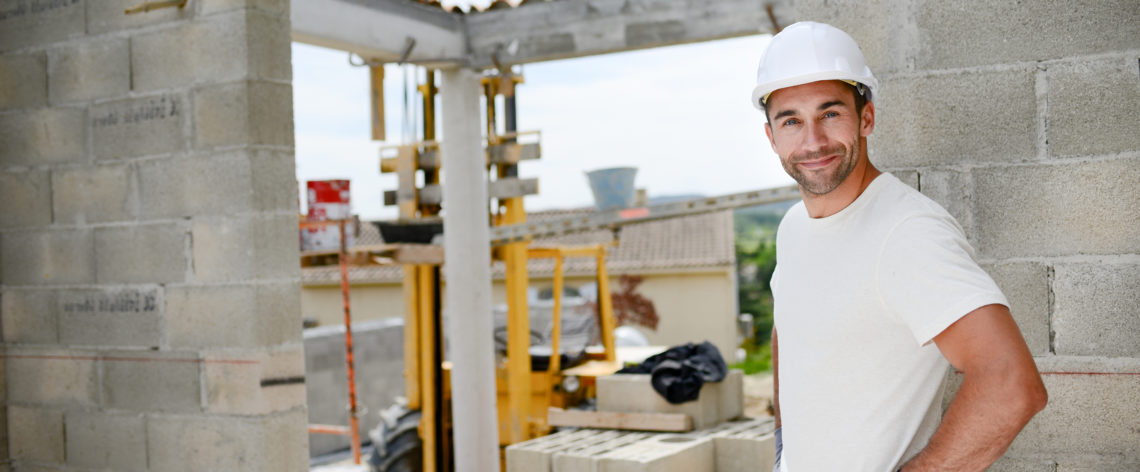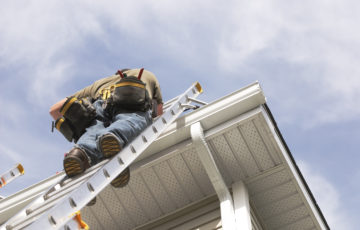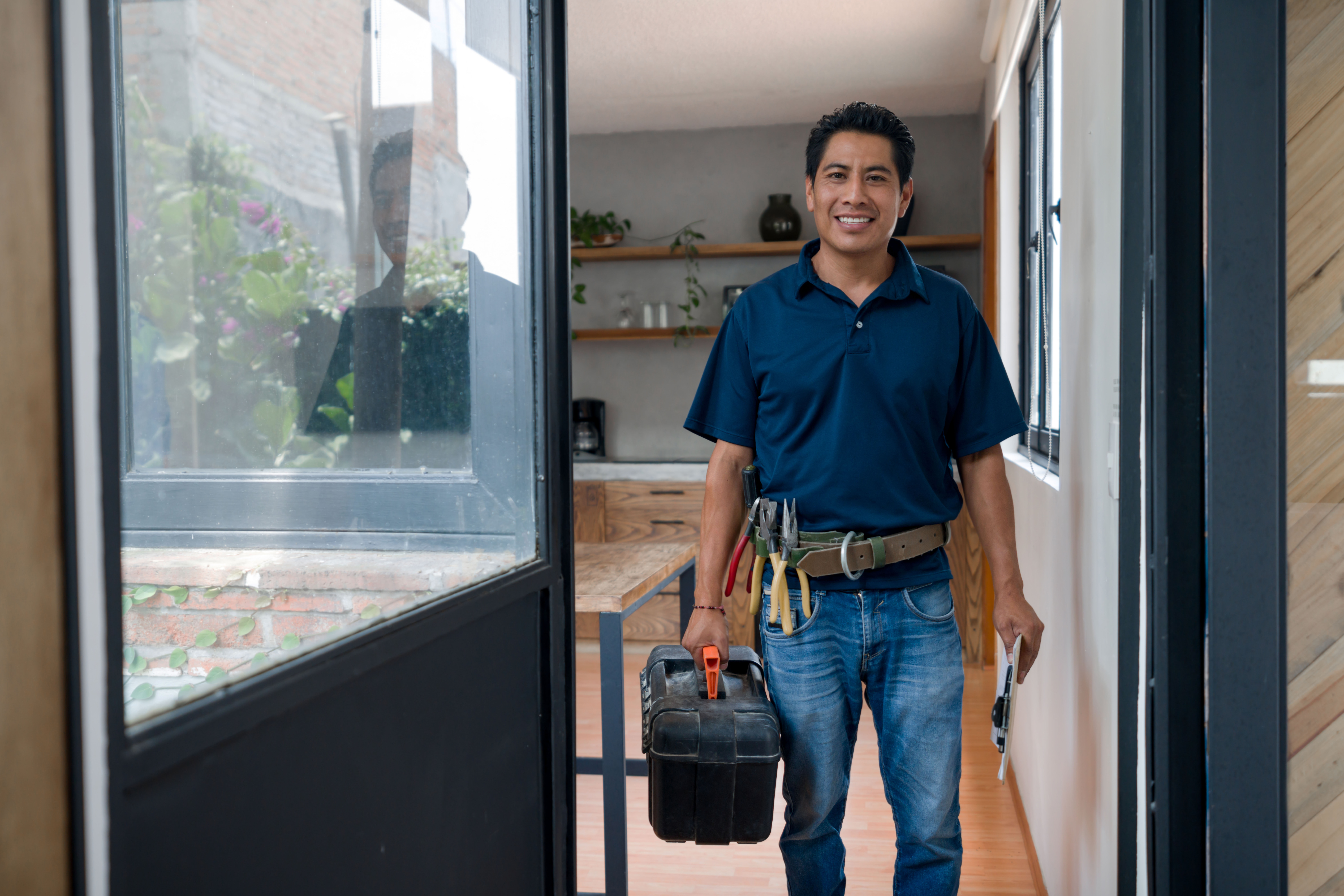Bricklaying is certainly not for the faint-hearted. Laying brick after brick after brick is hard yakka at the best of times. But it is also a skill and trade that is in high demand, especially in areas where many new developments are being built, such as across Greater Western Sydney.
If you’re new to bricklaying – perhaps starting out as an apprentice bricklayer – or you want a little refresher, here are five broad-ranging tips to consider for your bricklaying business.
Transporting your bricks the smarter way
To state the obvious, bricks are heavy. But in this day and age modern solutions exist that make moving large quantities of bricks much easier than in times past. These solutions greatly reduce the need to manually carry large amounts of bricks from point A to point B, which also reduces the physical strain put on bricklayers.
To make moving bricks around your worksite easier, consider investing in a mini conveyor belt or brick elevator, which will save you from you having to manually move bricks around your worksite. A large and sturdy wheelbarrow or brick barrow is another handy way to move bricks around you building site with much less hassle
Laying your bricks
When laying bricks, the vertical joint should be staggered as this creates what’s known as a stretcher or running bond, one of the most popular types of bond in bricklaying. Place the fully mortar-covered brick and gently push it up to the upright joint to achieve the desired width.
You can also wipe off excess mortar using a trowel and place it on the next brick. Every time you place a brick, give the brick a quick tap with your trowel to make sure it is placed correctly.
Reduce your impact on the environment
The material waste that is a byproduct of working with bricks – such as water that has been in contact with cement powder or workable concrete – can be harmful to the natural environment due to it being highly alkaline. Such material must be dealt with as hazardous waste.
Bricklayers can save money and reduce their impact on the environment in a number of ways, including:
- understanding the correct way to handle hazardous waste and checking whether the site they’re working on is registered for hazardous waste.
- actively reduce the amount of wasted materials; for example, avoiding throwing away mortar, cut bricks or insulation, and repurposing materials wherever possible.
- knowing the different waste types you produce and separating them when you can.
Know how to reduce risks to your bricklaying business
Bricklaying can be risky business, but there are four types of insurance for bricklayers that can help brickies reduce their exposure to risk:
- Public Liability Insurance.
- Portable Equipment insurance.
- Personal Accident and Illness insurance.
- Business Insurance.
Know your bricklaying tools
Like any tradie, a bricklayer may only be as good as their tools. As such, there are the six must-own bricklaying tools that bricklayers shouldn’t leave home without:
- The brick trowel: The trusty brick trowel is arguably one of the most-used tools in a brickie’s arsenal and what you will use to spread the mortar for your bricks. You will also use it to remove any excess mortar.
- Spirit level: A spirit level is used to make sure your project is level (obviously) and vertically straight
- Jointing bar: A jointing bar is used to add the finishing touches to the mortar joints between the bricks.
- Tape measure: Any old tape measure will do the trick provided it is of a decent build and not too flimsy.
- Lines and pins: Lines and pins are used by brickies in order to line up your bricks and make sure that they are perfectly straight.
- Soft-bristled brush: Last but by no means least is the soft-bristled brush, which used to clean up the bricks and mortar joints once you’ve laid all of your bricks.
Are you currently reviewing your bricklayer insurance*? If so, the Public Liability Insurance website can help you to quickly and easily compare quotes, choose the insurance of your choice, and get on with your business. Call us on 1300 920 864 if you prefer to purchase your insurance for bricklayers over the phone.
*This information is general only and does not take into account your objectives, financial situation or needs. It should not be relied upon as advice. As with any insurance, cover will be subject to the terms, conditions and exclusions contained in the policy wording. © 2022 BizCover Pty Limited, Public Liability Australia is a business name of BizCover Pty Ltd (ABN 68 127 707 975; AFSL 501769).



